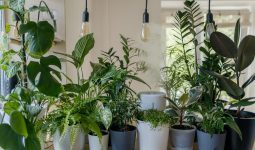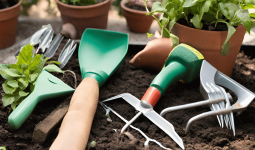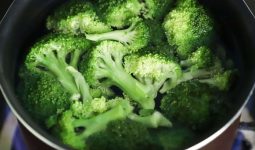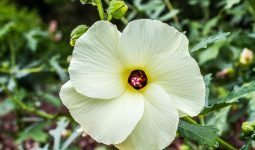Ivy plants are famous for adding natural beauty and greenery to indoor and outdoor spaces.
With their lush leaves and climbing abilities, ivy plants can add a touch of elegance to any environment.
However, there are several different types of ivy plants, each with unique characteristics and care requirements.
Whether you’re a beginner or an experienced gardener, you must understand the different types of ivy plants to choose the right one for your needs.
This article will explore the various types of ivy plants and provide insights into their characteristics and care tips.
So, if you want to add an ivy plant to your collection, keep reading!
1. English Ivy

English Ivy (Hedera Helix) is among the different ivy plants known for its rapid growth and versatility.
It is available in two common forms: the juvenile and mature adult variants.
The juvenile form of English Ivy features lobed patterns and bright green leaves, giving it an attractive appearance.
Unlike the mature adult variant, the juvenile English Ivy does not produce any flowers on its stems, but this does not detract from its aesthetic appeal.
English Ivy is famous for its fast growth rate. This plant can quickly cover walls, trellises, fences, and other structures with cascading vines.
Its ability to provide natural shade and privacy makes it a favorite choice for many gardeners.
Also, English Ivy has relatively low maintenance compared to other types of ivy.
It can adapt to various lighting conditions and soil types, making it suitable for different environments.
It doesn’t matter if you use it as ground cover or a hanging plant; English Ivy adds a touch of vibrant greenery to any space with minimal effort to thrive.
2. Algerian Ivy
Algerian Ivy is a majestic and sprawling plant that can enhance any garden or outdoor space.
With its impressive height of up to 10 feet and a width of 3 feet, this ivy can create a dramatic and eye-catching effect in any setting.
The dark, luscious leaves add to the plant’s allure. They are shaped like hearts and have a creamy trim, which provides a beautiful contrast against the green foliage.
Not only is Algerian Ivy visually stunning, but it also offers versatility in how it can be grown.
Whether you train it on trellises or allow it to cascade down walls or slopes, this ivy will create an enchanting display.
Also, Algerian Ivy has some drought tolerance, making it suitable for environments with less water availability.
It thrives best under full sun and partial shade conditions, allowing for flexibility in planting locations.
The Algerian Ivy is an exceptional plant choice that combines beauty, drama, and adaptability.
Its impressive size, lovely heart-shaped leaves with creamy edges, and tolerance to specific environmental conditions make it an ideal addition to any garden or exterior space.
3. Boston Ivy
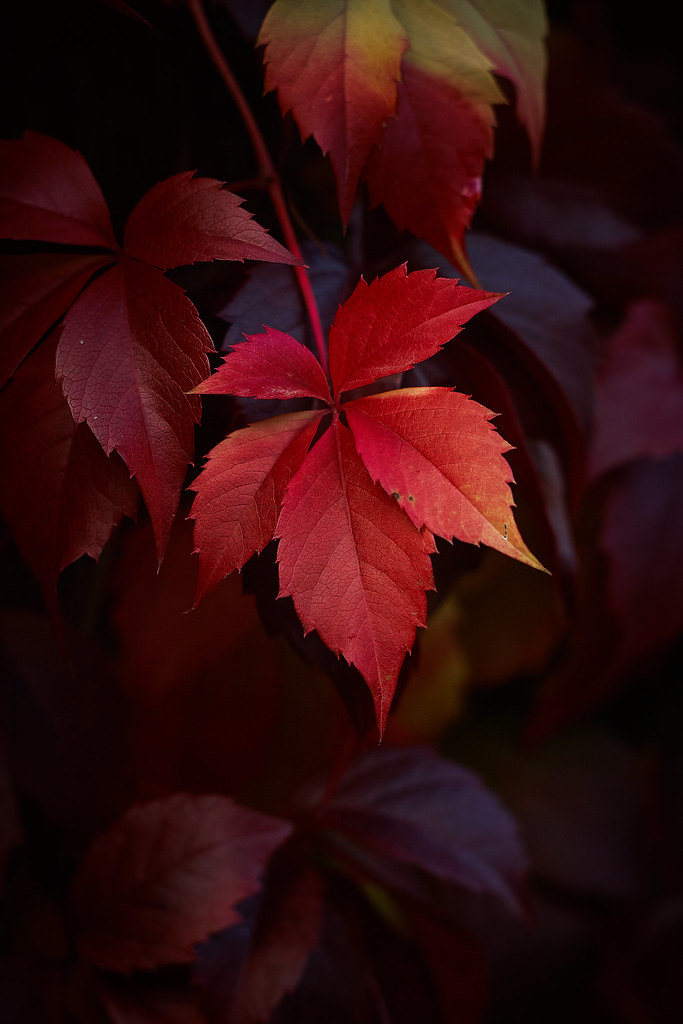
Boston Ivy is a highly sought-after ivy variety due to its stunning green trailing foliage.
This particular ivy can remarkably cover brick buildings and plants with its lush growth.
The Boston ivy’s visual impact is further enhanced during autumn when its foliage changes into beautiful red, burgundy, and orange hues.
Unlike evergreen Hedera ivies, Boston Ivy offers a delightful burst of color towards the end of the year.
Ideally suited for full sun conditions, Boston Ivy may require partial shade in hotter climates such as zones 8-9.
However, this plant species exhibits an incredibly rapid and tenacious growth pattern, making it invasive in most areas.
As a result, you must exercise caution when growing Boston Ivy outdoors.
Regular trimming and maintenance are essential to prevent the plant from overrunning its surroundings.
Despite its invasive nature, one advantageous aspect of Boston Ivy is that it easily propagates from semi-hardwood cuttings.
4. Irish Ivy
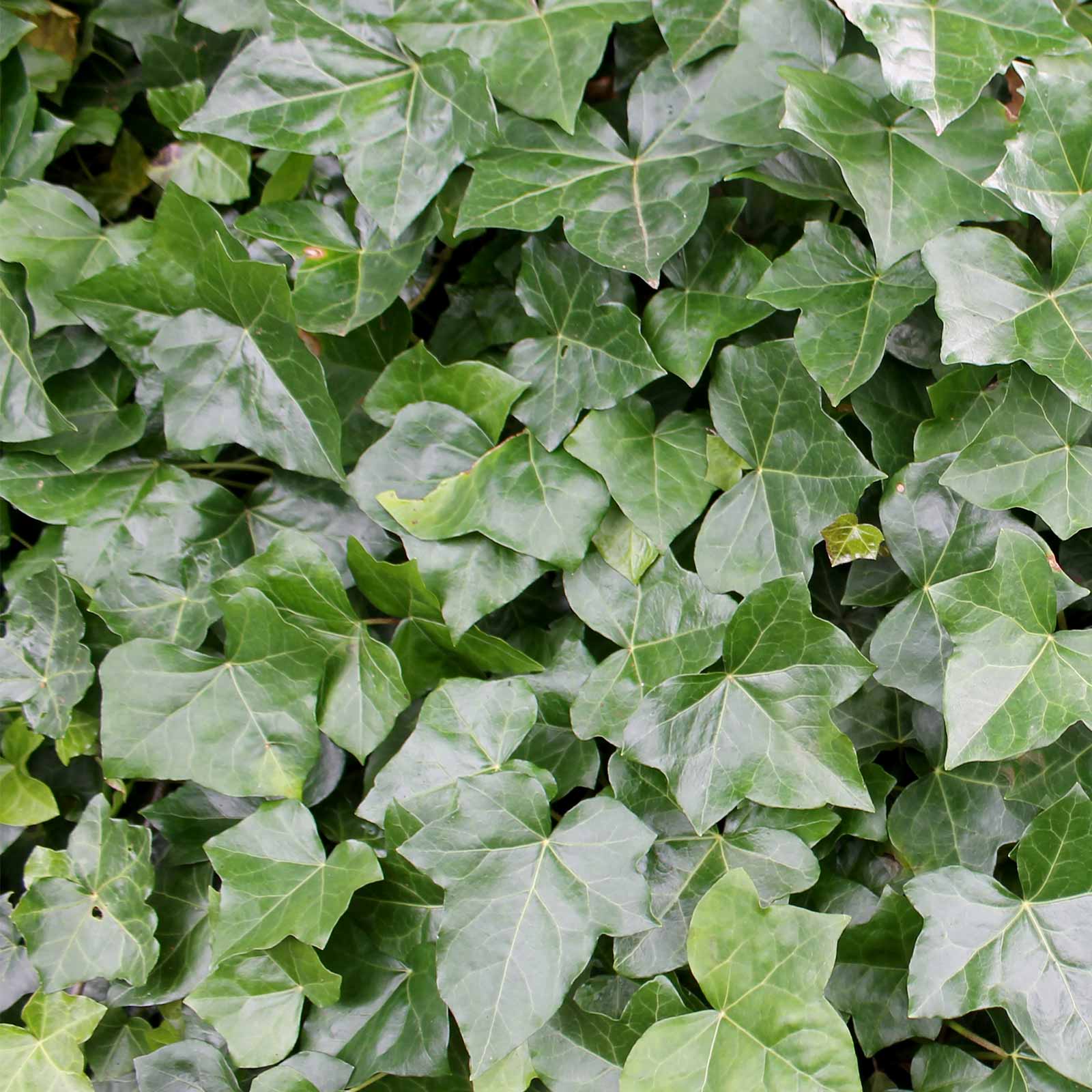
The Irish ivy, also known as Hedera Hibernica, is next on our list of different types of ivy plants.
It is a popular plant among homeowners due to its similarities with English Ivy.
This variant shares the same USDA hardiness areas and growing habits, making it an attractive choice for those who appreciate the aesthetic appeal of ivy in their garden.
Despite its popularity among homeowners, people still consider the Irish Ivy invasive or harmful in certain areas.
Many administrative departments see it as a nuisance and take measures to eliminate it whenever it is spotted encroaching on public spaces.
This negative reputation may have led people to believe that Irish Ivy should be avoided or discouraged from being planted.
However, despite these concerns, many homeowners still adore the Irish Ivy and find it suitable for planting in their gardens.
Its versatility allows it to thrive in various locations and create a lush green appearance on fences, walls, or even as groundcover.
The Irish Ivy remains a beloved choice for those who appreciate its beauty while understanding the potential risks associated with its invasive nature.
5. Swedish Ivy

If you live in hardiness zones 10 and 11 and are searching for a beautiful, low-maintenance plant, the Swedish Ivy is an excellent choice.
While it may not reach great heights like other ivy plants, its unique features make it stand out.
With its erect stems and vibrant leaves, the Swedish Ivy is perfect for use as a groundcover.
Its trailing vines can reach two to three feet, which is ideal for hanging baskets or placement on decks and patios.
One advantage of the Swedish Ivy is that it does well in partial shade, so you won’t have to worry about finding a spot with direct sunlight.
Additionally, this plant requires consistently well-drained soil that is rich in humus.
You can keep your Swedish Ivy healthy and thriving by meeting these growing conditions.
The Swedish ivy is relatively low-maintenance in terms of care. This plant will continue flourishing if you provide regular watering and avoid overwatering or letting the soil dry out completely.
It also doesn’t require frequent feeding or pruning like some other houseplants or garden plants might.
6. Persian Ivy

The Persian Ivy, also known as Hedera Colchica, is a stunning plant with heart-shaped leaves ranging from 4 to 10 inches long.
What sets this variant apart from other Ivy plants is the size of its leaves, which are likely the largest of any Ivy plant.
These leaves are also variegated, meaning they have multiple colors on them, but they can also feature solid colors.
One notable characteristic of Persian Ivy is its ability to withstand drought.
While it can handle periods of dryness, it thrives best in moist soil with good drainage.
This makes it an ideal choice for gardens or landscapes where a balance between moisture and drainage is crucial.
Also, Persian Ivy has impressive heat tolerance compared to other variants.
It performs exceptionally well in shaded areas where it can receive some relief from direct sunlight.
However, one potential challenge with Persian Ivy is its vigorous growth rate. This plant grows quickly and easily spreads if not kept in check.
Thus, gardeners and homeowners must regularly trim and maintain Persian Ivy to prevent it from becoming invasive or overwhelming other plants nearby.
Despite this potential concern, Persian Ivy’s striking beauty, with its large heart-shaped leaves, makes it a sought-after addition to any garden.
7. Russian Ivy
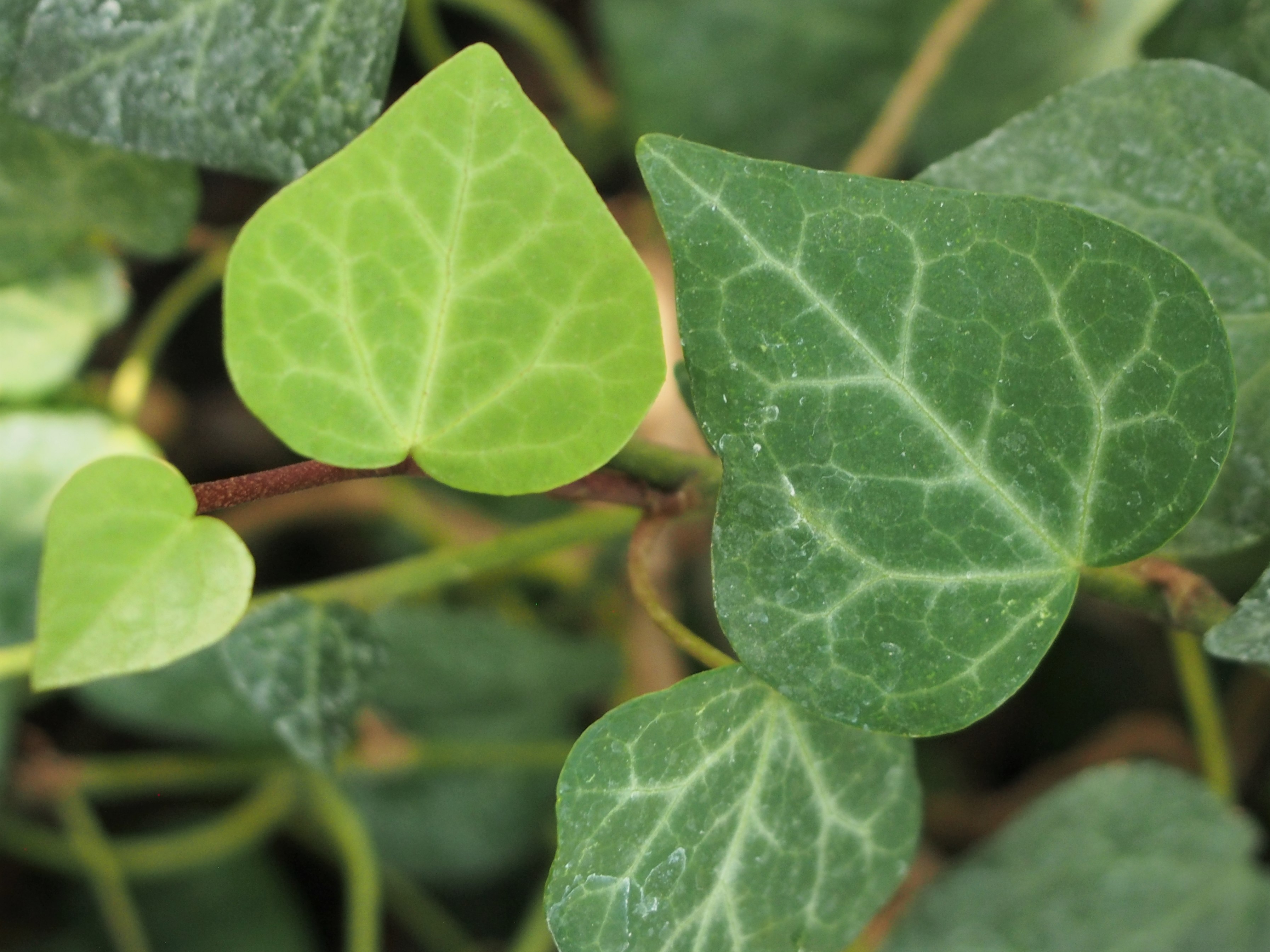
Russian Ivy is one of the different types of ivy plants. Also known as Hedera pastuchovii, it is a stunning evergreen climber native to Russia with some distribution in Armenia and Iran.
It is a majestic plant that can reach impressive heights of up to 100 feet with adequate support.
Unlike other types of Ivy, Russian Ivy does not crawl or spread along the ground. So, it may not be the best choice for ground cover.
However, its unique climbing ability makes it an excellent option for planting near tall structures such as walls or fences.
This particular species of Ivy thrives best in hardiness zones ranging from 7 to 12.
However, you can still grow it successfully in colder regions with proper precautions.
Russian ivy foliage is characterized by its mid-green color and heart-shaped leaves that taper to a sharp point.
Its leaves provide a dense coverage when matured, creating a lush display against any supporting structure.
Russian Ivy is a striking plant that adds beauty and vertical interest to any garden or landscape setting.
Its ability to climb and grow tall makes it an ideal choice for those seeking to create vertical green spaces or add visual appeal to walls or fences.
8. Japanese Ivy
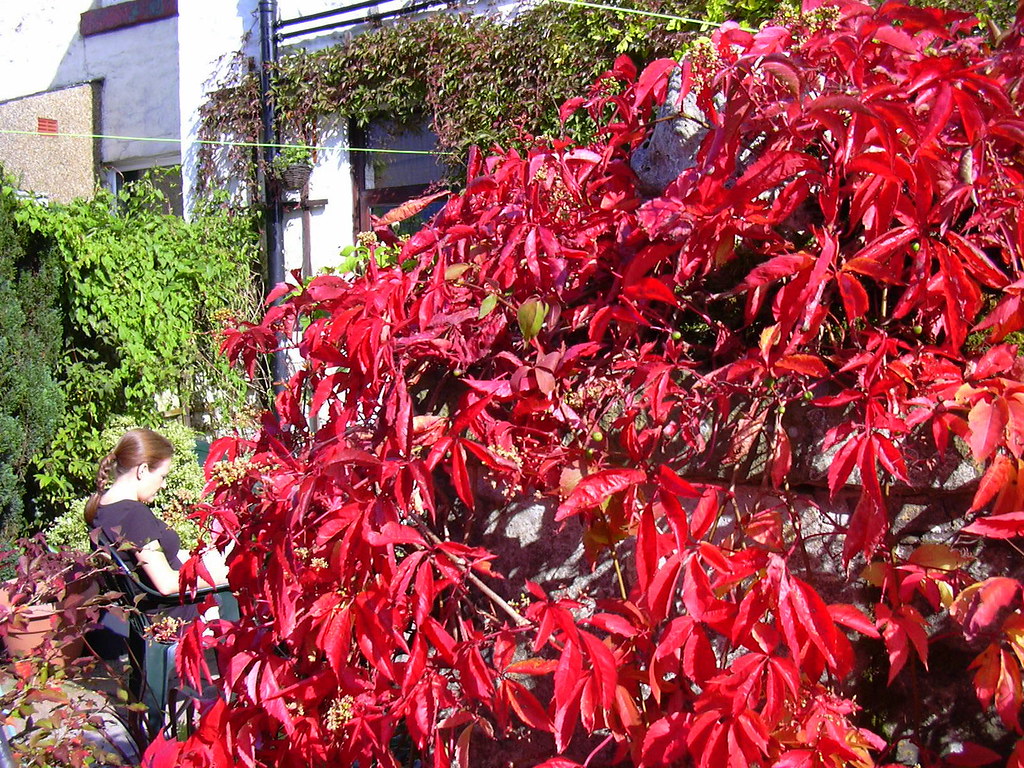
The Japanese Ivy, or Hedera Rhombea, is a versatile and attractive plant native to East Asia.
This evergreen species is famous for its ability to grow on various surfaces, such as rock slopes, tree trunks, and woodlands.
Its woody climber nature makes it an excellent choice for ground cover in vertical areas.
One distinctive feature of the Japanese Ivy is its purplish stems that add color to any landscape.
Additionally, its glossy foliage adds a touch of elegance and beauty. The leaves of this plant are rhombus-shaped, creating an interesting visual pattern.
Moreover, the Japanese Ivy produces small clusters of yellowish-green flowers that eventually develop into tiny berries, adding another dimension to its aesthetic appeal.
The Japanese Ivy is a hardy and visually stunning plant that can enhance any outdoor space.
Whether used as a ground cover on slopes or for climbing tree trunks, this evergreen species provides functionality and beauty with unique characteristics and attractive foliage.
9. Goldchild Ivy
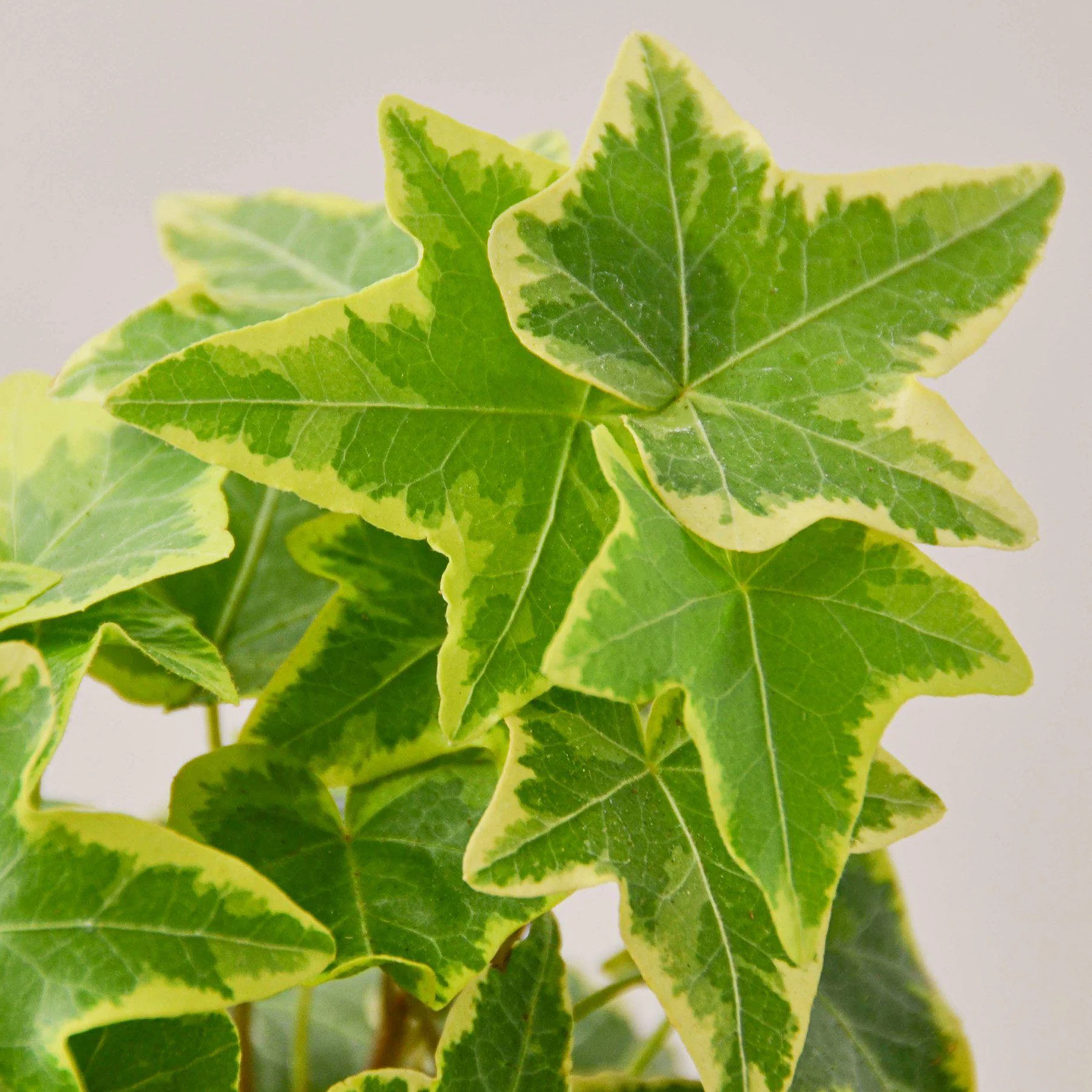
Next on our list of the different types of ivy plants is Goldchild ivy. Its clean, neat five-pointed leaf outline and vibrant banana-yellow edges make it a stunning addition to any indoor or outdoor space.
Its light-to-dark green leaves gradient adds depth and visual interest to this already-striking plant.
Goldchild ivy has a softer leaf shape and smaller leaves, giving it a more delicate appearance than other varieties of English ivy.
The straight veins running through the foliage create a uniform and organized look.
One of the critical features of Goldchild ivy is its dense and covering foliage.
This means that planting in a hanging basket or as a ground cover provides excellent coverage and creates a lush green environment.
With its ability to grow up to 3 feet tall and spread up to 2 feet, this variety of ivy can quickly fill empty spaces and add a touch of elegance wherever it’s placed.
Goldchild ivy brings an undeniable aesthetic appeal to any indoor or outdoor setting.
Its vibrant colors offer a pop of brightness that can liven up any room or garden. This plant’s calm vibe also makes it perfect for creating relaxing environments.
10. Bettina Ivy
Bettina Ivy is a popular choice for houseplant enthusiasts looking for an elegant addition to their indoor space.
With its compact bush or leaves, this variety of English ivy offers a unique aesthetic with its moss green color and cream or white edges.
The contrasting colors of the leaves create a calming and soothing ambiance, making it the perfect choice for a desk or counter plant.
In addition to its ornamental value, Bettina ivy also serves practical purposes.
This variety can work as ground cover in outdoor gardens, providing natural beauty while effectively suppressing weed growth.
You can prune it regularly to contain the vines within small spaces when grown indoors.
Whether you want to add a touch of nature to your workspace or enhance your home’s interior design, Bettina ivy is a versatile plant that thrives in bright or indirect sunlight.
With its compact size and stunning appearance, this variety of English ivy has become so popular among both beginner and experienced gardeners.
11. Madeiran Ivy
Madeiran Ivy, scientifically known as Hedera maderensis, is a captivating plant that thrives naturally in the picturesque Madeira islands.
This remarkable species of ivy shares a close kinship with Iberian ivy, which is unsurprising given their geographical proximity.
Madeiran Ivy boasts delightful broad green leaves adorned with enchanting yellow veins that can stretch up to an impressive eight inches in width.
Unlike other varieties of ivy, this plant’s leaves possess a unique leathery texture and do not have pronounced leaf tips.
This allows them to take on the whimsical shape reminiscent of a heart.
The distinctive characteristics of Madeiran Ivy make it an intriguing addition to any garden or natural landscape.
Its lush foliage, large size, and heart-shaped appearance add depth and allure to the surroundings.
Furthermore, Madeiran Ivy stands out with its vibrant yellow veins running through each leaf compared to its relatives within the Ivy family.
Observers cannot help but be captivated by this plant’s subtle beauty as it grows and complements its neighboring flora on the enchanting Madeira islands.
12. Glacier Ivy
Another type of ivy plant is Glacier Ivy. It is a stunning variety of English ivy commonly grown as an indoor plant.
What sets the Glacier ivy apart from other types of English ivy is its beautiful foliage.
The leaves display a mesmerizing combination of green and cream colors, creating an eye-catching visual appeal.
This makes it an excellent choice for those looking for a unique, attractive ground cover to showcase colorful plants and flowers.
Providing the right amount of sunlight is essential when caring for Glacier ivy.
While this species thrives best under indirect sunlight, it does require at least 6 hours of exposure to sunlight.
This ensures that the plant receives enough light energy to support its growth and maintain its vibrant leaf colors.
Glacier ivy can be a decorative element in various settings, indoors or outdoors.
It particularly shines in hanging baskets or on high shelves, where its cascading vines and striking foliage can create a stunning visual impact.
With proper care and attention, Glacier ivy can add beauty and charm to any space while requiring minimal maintenance.
13. Himalayan Ivy
Himalayan ivy is an attractive and versatile plant native to Asian countries.
Its most distinctive feature is diamond-shaped dark green leaves with delicate light-colored veins. This gives it a unique and elegant appearance.
These leaves can grow up to 6 inches long, creating lush foliage that adds beauty to any landscape.
One notable characteristic of the Himalayan ivy is its remarkable climbing ability.
It can reach heights of up to 100 feet, making it an excellent choice for covering walls, fences, or trellises.
Also, this variety of ivy thrives in areas with full shade or partial sun exposure.
Therefore, gardeners looking to add some greenery and shade to their outdoor spaces can rely on the Himalayan ivy as a reliable and low-maintenance option.
While the Himalayan ivy provides good coverage, it is essential to note that it may not offer as much coverage as other types of ivy.
However, its stunning leaves and yellow flowering blooms more than compensate for any perceived lack of coverage.
Whether used as ground cover or trained along vertical surfaces, the Himalayan ivy remains an excellent addition to any garden.
14. Ivalace
The Ivalace is the last on our list of the different types of ivy plants. It is a stunning variant of the English Ivy that is perfect as a houseplant.
Its shiny leaves have a beautiful, cupped, lacy appearance, making it stand out.
The leaves can stretch up to one inch in length and have uniquely curvy edges, adding to their charm.
With a height of three feet and a width of four feet, the Ivalace is a relatively large plant that can impact any room.
Not only is the Ivalace visually appealing, but it is also a fast-growing plant.
This makes it an excellent choice for those who want to see their plants flourish quickly.
While it thrives indoors as a houseplant, it can also be used as a ground cover in specific areas outside.
However, if you grow this plant home, provide adequate shelter from cold winds.
Despite being hardy, the Ivalace prefers warmth and protection from harsh weather conditions.
Overall, the Ivalace is a versatile and striking plant that will add beauty to any space it occupies.
Conclusion
The different types of ivy plants offer various options for adding beauty and greenery to indoor and outdoor spaces.
Each variety brings charm and benefits, from the classic English ivy to the unique variegated Algerian ivy.
Whether you’re looking for a climbing vine to cover a fence or wall, a trailing plant to adorn a hanging basket, or a low-maintenance ground cover for your garden, there is an ivy plant that will fit your needs.
However, when selecting the right ivy plant for your space, consider the growing conditions, such as sunlight and moisture requirements.
With proper care and attention, these versatile plants can thrive and enhance the aesthetic appeal of your home or garden.





